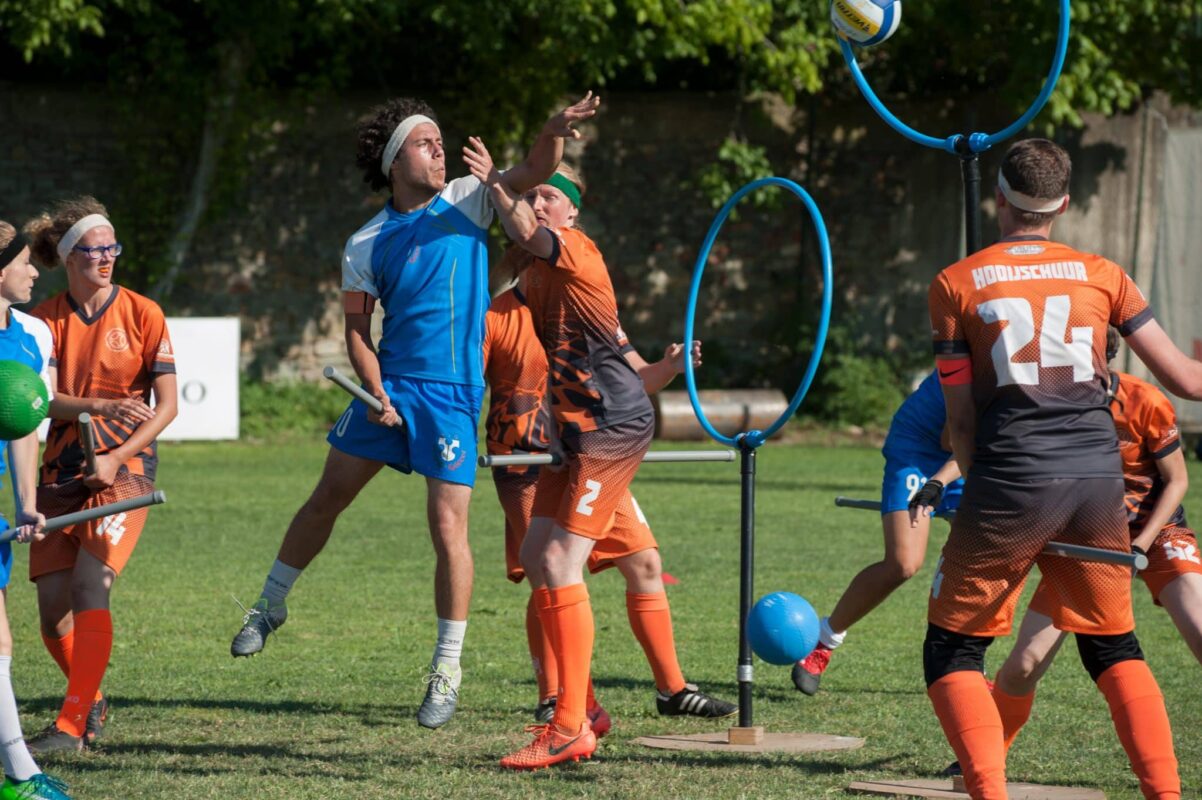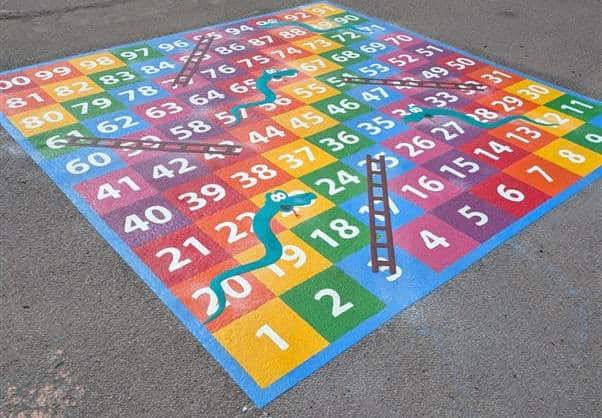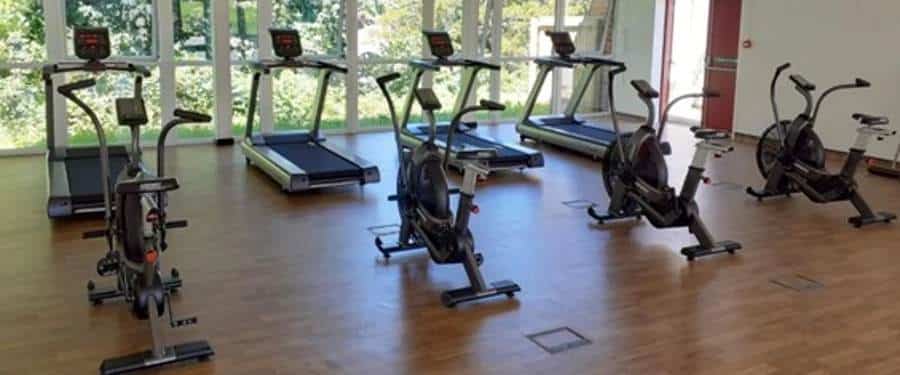In 1922, the British Medical Journal confirmed the generally held view that Netball was beneficial to the ‘character of girls’, further reinforcing an earlier 1916 publication advising that ‘good temper, pluck, determination, extreme agility of mind and body are traits universally found among Net-Ball players and, best of all, perhaps, that inexpressibly happy attitude, esprit de corps.’
[row style=”collapse”]
[col span__sm=”12″]
Originally known as ‘Women’s Basketball’, Netball evolved from adapted Basketball – it was too difficult for women dressed in ankle-length skirts and wrist-length shirts to ‘dribble’. Teams became seven-a side as a manageable number, enabling dignity of female players to be maintained, and courts outside were not costly to set up so there was no investment risk for facilities.
Even the Army recognised the value of Netball as it was one of the few sports that was approved for women to play in the first half of the twentieth century and was useful to foster competitiveness and boost morale. (https://www.ournetballhistory.org.uk/wp-content/uploads/2016/04/Our-Netball-History-Research.pdf)
[divider align=”center” width=”100px” height=”2px”]
The traditional expectation that spectators be quiet
Come 1970, Netball became distinct from Basketball, achieving recognition as an Olympic sport in 1995 (although still not actually played at the Olympics) and featuring in the 1998 Commonwealth Games. The 32-panel handmade orange-brown balls developed into white rubber weatherproof balls, enabling the players to grip the ball better. (https://cometoplay.co.uk/interesting-facts/facts-about-netball/).
What is more, the traditional expectation that spectators be quiet, players be polite, and everyone else well-mannered has been loosened, and as a result women can be just as competitive as their male sporting counterparts. (Bob Stewart – Associate Professor of Sport Participation, Federation University Australia).
Fast forward to 2023 and Netball is a worldwide sport, commanding international attention and sponsorship for the Netball World Cup hosted in Cape Town from 28th July to 6th August. England’s ‘Roses’ and Scotland’s ‘The Thistles’ are drawn in Pool B, whilst Wales’ ‘Feathers’ join Pool C. First day sees England face Barbados, Wales v South Africa and Scotland v Malawi.
Long-sleeve, long-skirt restrictions have been replaced by bespoke bodysuit and A-line dresses for the elite female athletes on today’s circuit. Also gone are the ligament-damaging sandshoes and shoes designed to preserve the court but ignore the player – nowadays, specialised trainers with specific grip design and support around the ankles add power to playing standards. Furthermore, tracking devices in clothing send information to coaches on player movement, positioning and techniques.
[divider align=”center” width=”100px” height=”2px”]
Line markings are clear and defined
The court matters too. Players have come off basic grass and onto non-slippery asphalt, acrylic, wooden and polymeric, with some even sprung to reduce muscle damage. Line markings are clear and defined with a range of colours offered for surfaces, plus sponsorship or facility logos embedded as required. Posts are solid, secure and robust to keep players safe in the fastest of games, yet also available with bases that combine stability with mobility. (https://sportsafeuk.com/shop/sure-shot-transportable-netball-unit/)
It’s a whole new, better world for today’s Netball player but the character is still at the core of every game. As our very own Sportsafe Netball specialist, Lauren Heasman, observes, “Whatever level you choose to play, Netball is a game of skill, technique, control, speed, accuracy and focus but it is also built on camaraderie and the mutual support of one player to another. It’s a team game, both on and off court.”
[/col]
[/row]





